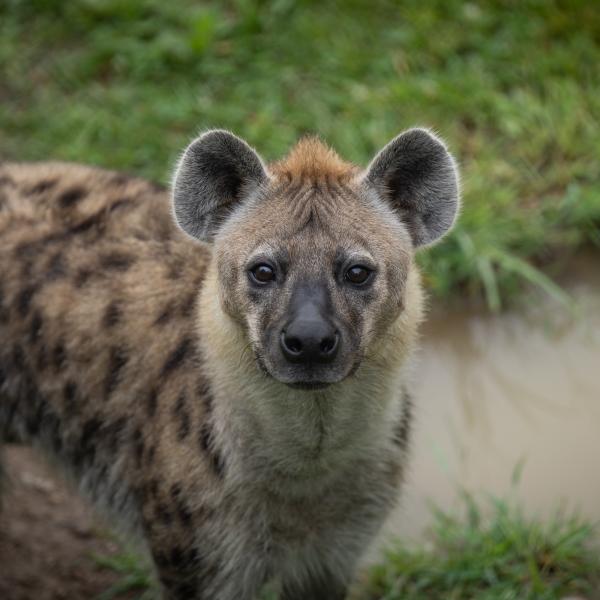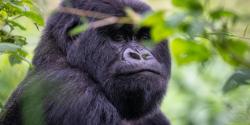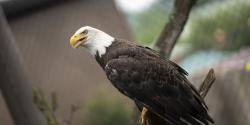One of Africa's most common large carnivores, spotted hyenas are one of the most misunderstood animals.
The species has a reputation as being sly and cowardly but is, in fact, fascinating and intelligent with a remarkable social system. Often considered to be solely scavengers, hyenas are actually skilled and strategic hunters.
Scientific Name: Crocuta crocuta
Conservation Status: Least Concern
Size: Height at the shoulder up to 29 inches, with body length ranging from 37 to 60 inches
Weight: Range from 100 to 172 pounds, with females being larger than males.
Median Life Expectancy: 24 years









